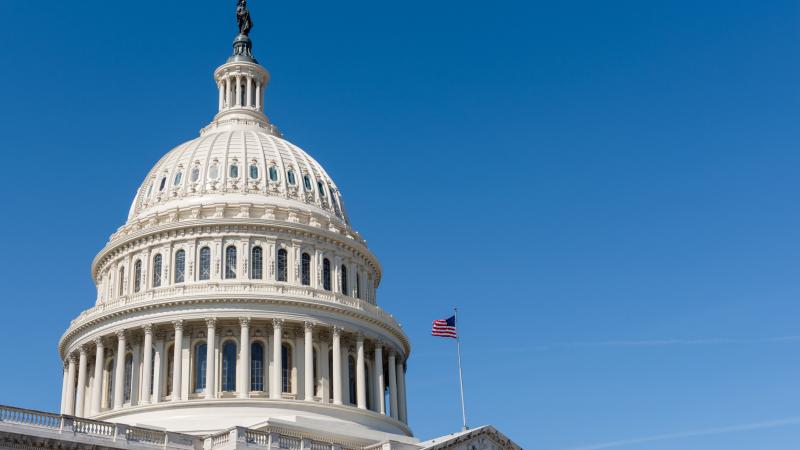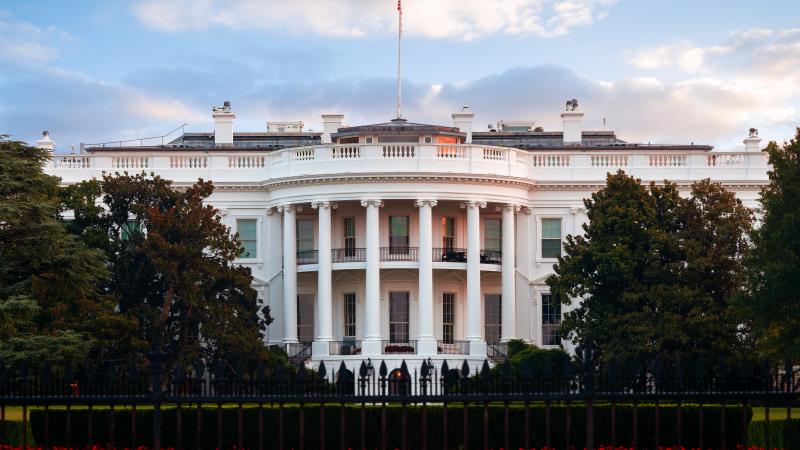Migrants, minorities fleeing high-tax blue states for high-opportunity red country
Many black Americans moved from northern blue states to Georgia, Texas, Florida, North Carolina and Virginia.
Data from the 2020 census confirms a population shift that reflects "the decade's broad population shifts: slow growth in the Northeast and Midwest, and gains in the South and some Western states."
The last decade's interstate migration shift also indicated that states with higher taxes and less opportunities for job growth lost residents to lower tax states with more job opportunities.
Population losses or small gains were widespread in the Northeast and Midwest, the 2020 census found, with Florida and Texas receiving the most interstate migrants, gaining 2.4 million and 2 million more people, respectively.
From 2010 to 2020 three states, Illinois, West Virginia, and Mississippi lost more people than they gained. Illinois and West Virginia each lost a congressional seat, and Illinois lost $6 billion in 2019 due to population losses alone, an analysis of Internal Revenue Service data by the nonprofit Wirepoints website found.
According to census data, many black Americans moved from northern blue states to Georgia, Texas, Florida, North Carolina and Virginia. The Brookings Institution suggests reverse migration is a cultural issue, with blacks relocating to communities where they were born or where their families lived before the Great Migration era (1917-1970), when six million people left segregated southern states to pursue jobs in the North.
However, Chuck DeVore, vice president of national initiatives at the Texas Public Policy Foundation and a former California State Assemblyman, argues that migration is primarily related to economics and employment patterns, meaning states that are less expensive with more jobs will attract residents, whereas states that are more expensive with less jobs will lose them.
After the 2017 Tax Cuts and Jobs Act, DeVore argues, more jobs were created in low-tax states. Job growth from December 2017 to December 2019 prior to COVID-19 lockdowns hit 4.5% in low-tax states compared to 2.2% in high-tax states, a 107.8% growth rate advantage, DeVore notes. Low-tax states saw manufacturing job growth of 3.5% compared to 1.3% in the high-tax states, a 176.4% CHECK growth rate advantage.
By March 2021, after most governors imposed year-long lockdowns, low-tax states lost 0.02% of their private workforce compared to a 5.1% loss among high-tax states, Bureau of Labor Statistics data revealed.
"Had the high-tax states only lost jobs at the same rate as the low-tax states, there would be 2.2 million more people employed in the private sector in those 23 states," DeVore notes. "Over time, as people move to find work or a better job, those 2.2 million jobs would support about 6 million people."
A 2020 Cato Institute study found, using IRS data, that Americans moved from high-income tax states to states with no income tax or lower income taxes.
"The largest out-migration is from high-tax New York, whereas the largest in-migration is to low-tax Florida," the report states. "Florida is enjoying an influx of wealthy entrepreneurs and retirees looking for a tax climate that boasts no income tax or estate tax."
As a result of population shifts, six states gained congressional seats, four of which were low-tax states. Texas gained two, Colorado, Florida, Montana, North Carolina, and Oregon gained one, with each of their population gains exceeding 9.5%.
Seven states lost one congressional seat — California, Illinois, Michigan, New York, Ohio, Pennsylvania, and West Virginia, the majority of which were high-tax states.
Republican Assemblyman Kevin Kiley, who is running in the recall election against California Democratic Governor Gavin Newsom, argues that California would have lost two seats had it not spent more than $180 million "to juice the census headcount." DeVore says the effort included "the state's substantial population of illegal aliens" since there "was no threat of being deported in responding to the census."
California lost an estimated $8.8 billion in 2019 due to population losses, whereas Texas gained $4 billion and Florida gained $17.7 billion, according to the Wirepoints analysis. Many Californians moved to Phoenix, making it now the fifth largest city in the U.S., according to census data.
The California Department of Finance attributes its 2020 population decline to coronavirus-related deaths, low birth rates and lower levels of international immigration. In 2020, California reported its first population loss in the state's recorded history, following decades of slowing population growth.














